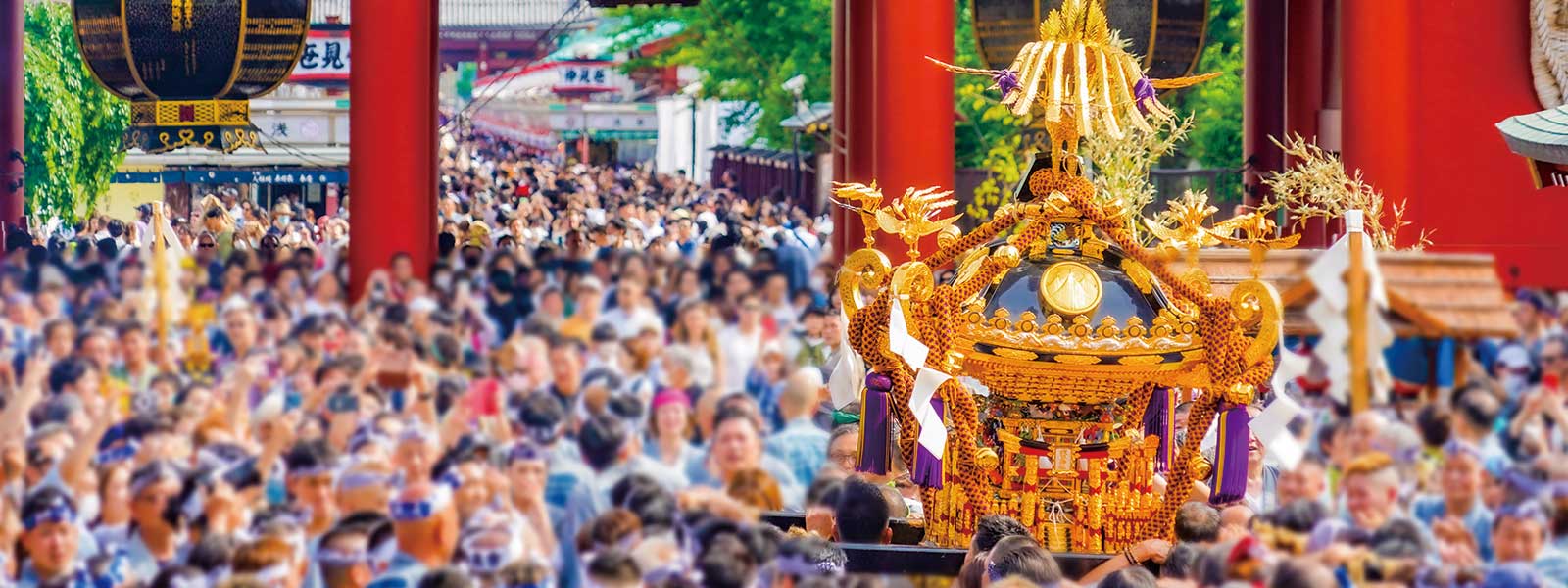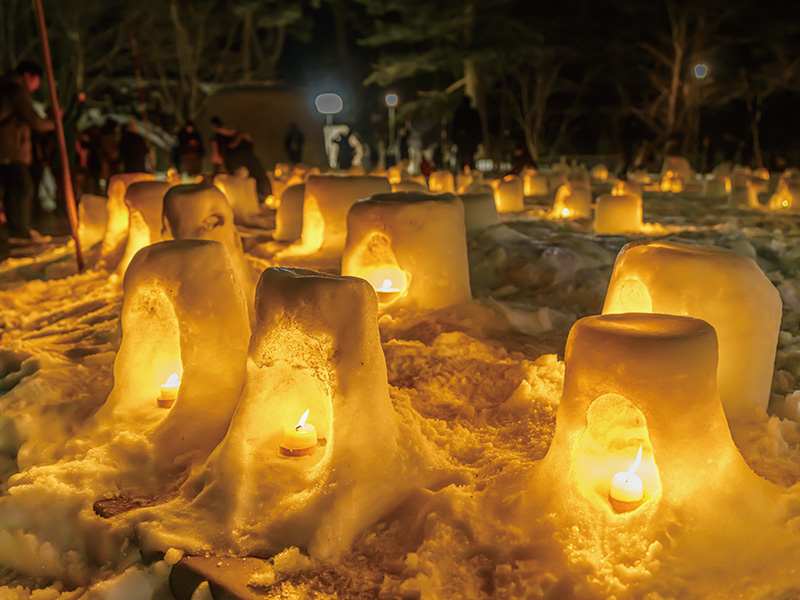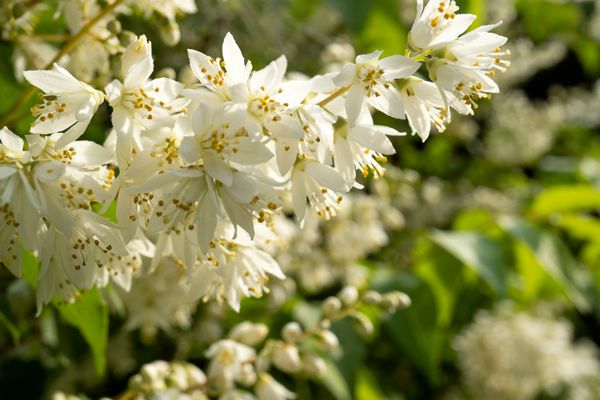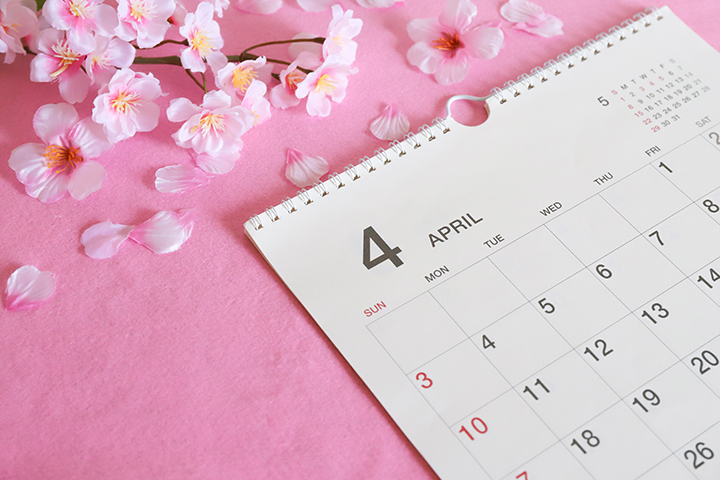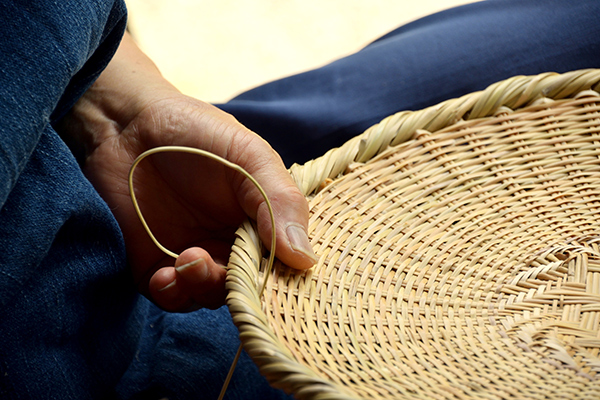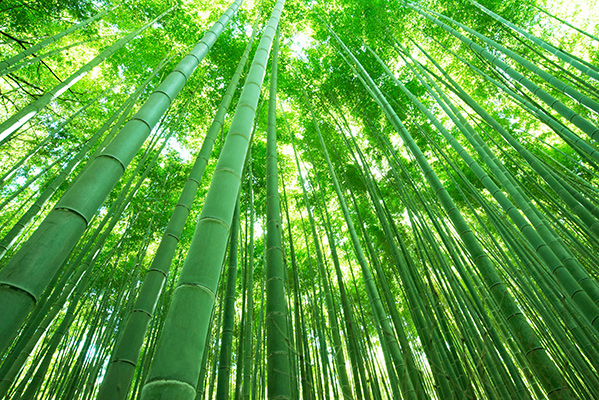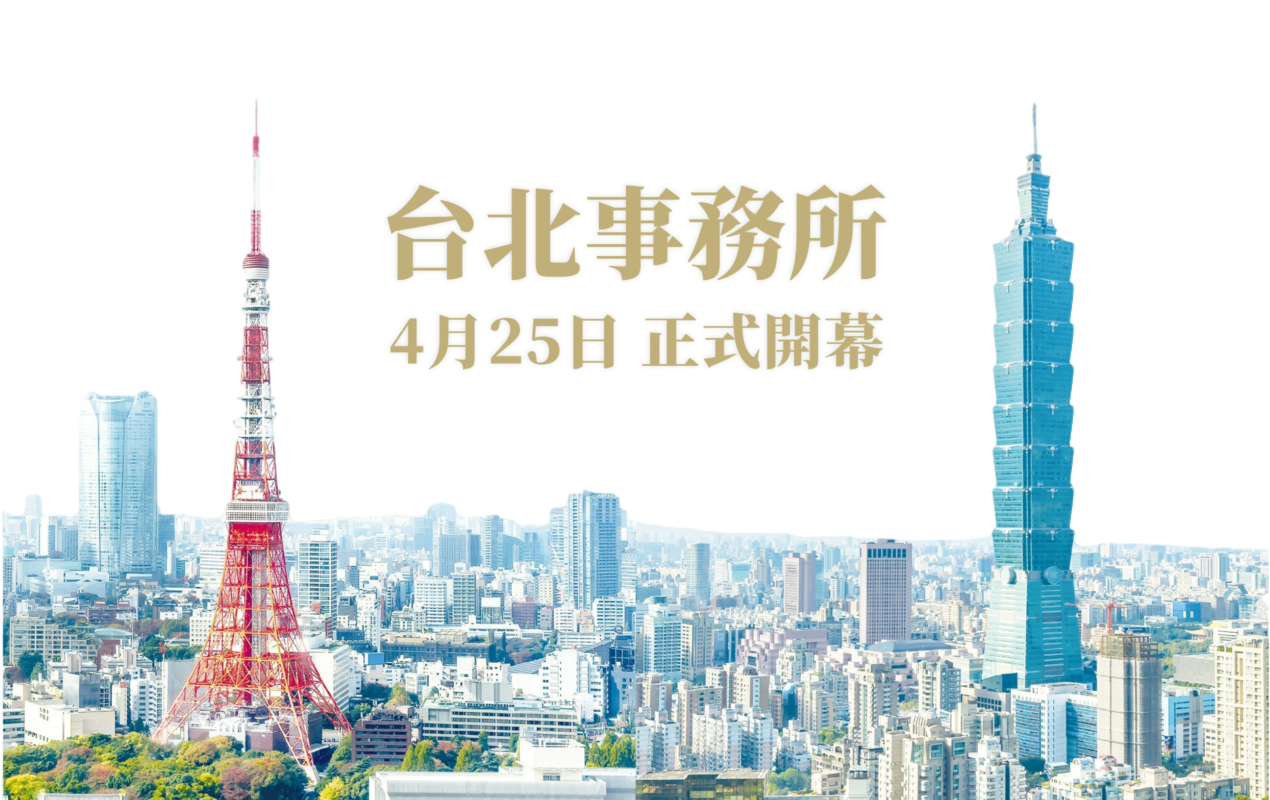Japanese festivals are deeply rooted in the unique history, beliefs, and lifestyles of their local areas, offering valuable opportunities to experience regional culture and traditional customs. This article will explore the charm of Japanese festivals from four perspectives: agricultural and fishing culture, unique local traditions, festivals as rituals and prayers, and animal-themed festivals.
1. Festivals Originating from Agricultural and Fishing Cultures
Japan, with its long history as an agricultural society, has numerous festivals across the country that pray for bountiful harvests in agriculture and fishing. Through these festivals, people express their gratitude and blessings to nature.
• Otaue Festival (Chiba Prefecture, Katori Shrine, etc.)
The Otaue Festival held at Katori Shrine in Chiba Prefecture involves both shrine priests and local residents. The festival features rice planting as a sacred ritual. Participants, dressed in traditional attire, reenact ancient rice planting actions in this festival that prays for a bountiful harvest. This ritual, passed down since the agricultural era, strongly expresses gratitude to nature and highlights the importance of agriculture to people.
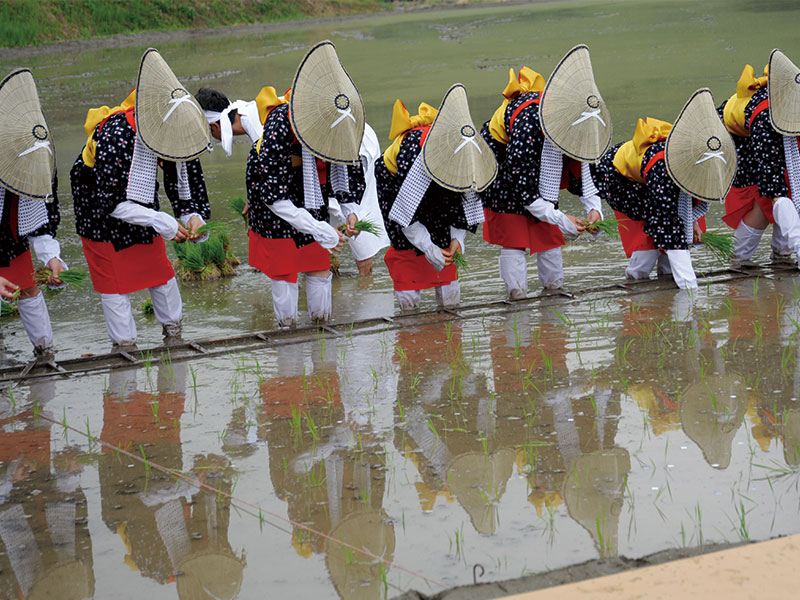
Otaue Festival
• Aomori Nebuta Festival (Aomori Prefecture)
The Aomori Nebuta Festival is a grand event in Aomori Prefecture, featuring large lantern floats (Nebuta) parading through the town. It is said that the festival originated from fishers praying for abundant catches and expressing gratitude to the sea gods. The Nebuta lanterns are designed to depict historical and mythological stories, with their lights and the sounds of drums and flutes illuminating the night sky. The Nebuta Festival symbolizes Aomori's fishing culture and regional pride.
Nebuta
Nebuta
2. Unique Festivals Reflecting Local Traditions
Festivals that symbolize the culture and customs of each region of Japan are valuable events where you can experience the unique charm of each region.
• Namahage Sedo Festival (Akita Prefecture)
The Namahage Sedo Festival, held in Oga City, Akita Prefecture, reenacts the traditional "Namahage" event for visitors. Namahage involves men dressed as demons visiting households to warn against laziness and misbehavior. During the festival, torch-bearing demons run down from the mountains and mingle with the audience. The Namahage Sedo Festival holds deep significance in maintaining community discipline and family bonds.
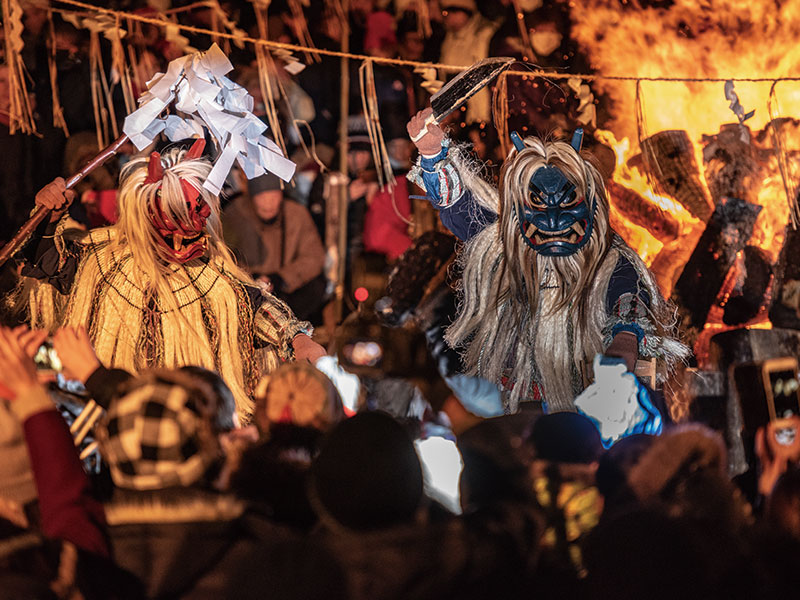
Namahage Sedo Festival
• Aoi Festival (Kyoto Prefecture)
The Aoi Festival, held in Kyoto, is a traditional event that has preserved the court culture of the Heian period. The festival takes place at Kamo Shrine in Kyoto, where a procession adorned with hollyhock leaves parades through the streets. The Aoi Festival originated as a prayer for a bountiful harvest and has a history of over a thousand years.
Aoi Festival
Aoi Festival
3. Festivals Featuring Mikoshi (Portable Shrines)
Festivals featuring mikoshi are symbolic of traditional Japanese festivals. It is believed that carrying a mikoshi, which enshrines a deity, can unite the local community and bestow sacred power.
• Sanja Festival (Tokyo)
The Sanja Festival is a traditional festival held every May in Asakusa, Tokyo. The highlight of the festival is the mikoshi procession, where over one hundred mikoshi from various neighborhoods parade through the streets. The shouts of the mikoshi bearers and the enthusiasm of the local residents symbolize the festival's vitality. People pray for the development of the town and the prosperity of its residents through the festival.
Sanja Festival in Asakusa
Sanja Festival in Asakusa
・Gion Festival (Kyoto)
The Gion Festival, held in Kyoto, is one of Japan's three major festivals centered around Yasaka Shrine. During the festival, mikoshi processions are held to pray for the dispelling of disasters. The Gion Festival has continued since the Heian period and holds religious significance in praying for the eradication of epidemics.
Gion Festival
Gion Festival
4. Animal-Themed Festivals
Animal-themed festivals are a unique cultural expression of coexistence with nature and gratitude towards animals.
• Onbashira Festival (Nagano Prefecture, Suwa Taisha)
The Onbashira Festival, held every seven years at Suwa Taisha in Nagano Prefecture, features a prominent horseback procession. During the festival, sacred wooden pillars are transported, and horses are elaborately decorated. This festival is considered a ritual to pray for local prosperity and agricultural abundance. Horses, as symbols of a bountiful harvest, are cherished and respected.
In addition to the notable transportation of the massive wooden pillars, the "horseback procession" with beautifully adorned horses is a major highlight. Through the Onbashira Festival, one can feel the local agricultural culture and gratitude towards animals.
• Orochi Festival (Fukuoka Prefecture, Omuta City)
The Orochi Festival in Omuta City, Fukuoka Prefecture, features floats modeled after giant snakes parading through the streets. In Japanese mythology, snakes symbolize abundance and protection, and during the festival, they are depicted as entities that ward off evil. The Orochi Festival embodies people's gratitude for nature's blessings and their wishes for local peace.
Summary
Japanese festivals deeply reflect the unique culture, beliefs, and connection with nature of each region. Understanding the stories behind the festivals and exploring their origins and symbolic meanings can provide a deeper appreciation of these events beyond mere entertainment. Participating in Japanese festivals may reveal hidden local stories and unique regional charms.


